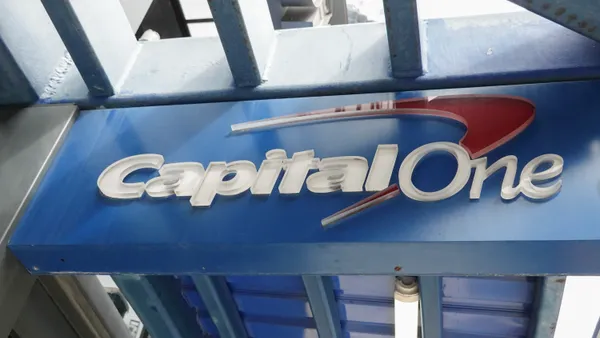In today’s world, digital content management is an essential technology for all businesses that want to thrive. In fact, as of 2022, approximately 43.6% of websites were custom-built using Content Management Systems (CMS), with the number of websites using CMS increasing by 75% between 2015 and 20221.
While the digital revolution may be here to stay, another fact also remains true: Providing print assets is still an essential and integral part of properly serving your clients. Not only have studies shown that paper-based reading yields better comprehension than digital-based reading,2 but 92% of 18- to 23-year-olds say it’s easier to read print than digital content, and 80% of consumers say they acted on printed mail advertisements.3
Properly integrating your Digital Asset Management (DAM) with a reliable print-management solution that provides consistency and reliability is key to seamlessly blending your digital and print strategies for the highest impact. Doing so not only helps bring your digital content management to life, but it allows you to put a physical asset into the hands of customers in a thoughtful, meaningful and consistent way.
There are many ways that the marriage between digital and print strategies can help propel your business. Here are three reasons why a linked digital and print strategy is essential.
1. It helps improve operational efficiencies and lowers costs
Connecting your DAM to a trusted solution provider with the ability to print nationally helps banks streamline their processes and spend less money at the same time.
The traditional method of getting print assets into the hands of customers often includes creating the asset, submitting an order for a large quantity of that asset, storing the asset (likely in a costly warehouse) and then shipping that asset out to the salespeople who need it. Even when asset management platforms are involved, those run strictly by a marketing team — and not connected to a defined and vetted print source — give employees the opportunity to print documents from multiple sources. This often means asset creation is at the mercy of multiple printers, where both the company brand and quality can be inconsistent.
Both means of production — a warehouse full of assets for distribution or a digital asset that’s not connected to a specific print solution — introduce complications and cost money at every step. Additionally, at the end of the day, banks were often left with warehouses filled with leftover assets that were wasted when offerings changed, or a new law took effect that made the original asset obsolete.
“Your brand is like a living, breathing organism and printed assets are an extension of your brand strategy” said Justin Cutshaw, market sales manager with FedEx Office. “Where our value as a print Asset and Resource Management (ARM) provider comes into play is providing on-demand print solutions around the country, often available within 24 hours. By integrating a DAM to our print strategy, users can print assets directly from the platform they already use. We allow companies to take the guesswork out of printing by creating business profiles for them that account for things individual employees might not — like print mediums and color specifications — allowing for consistent production of an asset whether it’s printed in Portland, Oregon, or Portland, Maine. Plus, it eliminates storage, shipping and fulfillment costs.”
2. It removes redundancies and decreases room for error
Rather than reinventing the wheel, connecting your digital and print strategies helps remove the need for extra work — thereby helping workers avoid duplicating processes — and lessens the opportunity for error. It also allows for branding consistency within your business. “From a broad perspective, when you have an asset management platform from which to download multiple marketing assets, you lose version control,” Cutshaw said. “Enabling users to send or print assets directly from the platform ensures they are accessing the right version each time. In a situation for banks, specifically, where they are highly regulated and have significant compliance in place, it’s essential to make sure that the content being generated by every sales or marketing individual is coming from the most recently created document.”
With a properly aligned digital and print asset management policy in place, assets can still be uploaded into one single source of truth. This becomes the only place to access and print assets from, but it allows for the version control which is essential to ensuring everyone is working from the most recent and relevant document. It also eliminates the opportunity for duplicates that can create headaches down the road.
3. It enhances cross-functional and interdepartmental communications
Focusing on and creating a full asset life cycle strategy that connects your digital and print strategies allows all your departments to work together, rather than in a vacuum. By keeping both digital and print in mind from the start, departments can create assets that promote the most well-rounded view of the business, whether they’re hoping to reach customers via digital or print. “If you have collaboration across different business units creating content, and have this one place to store them for the end user, it helps members of every department work together to be as successful as they can be,” Cutshaw said.
The value-add of a proper digital strategy is priceless to a business. By integrating both digital and print strategies, banks can further capitalize on their current digital content management systems without needing to reinvent the wheel. Discover how FedEx Office can bring you into the future with MPS/DCM. Request your complimentary consultation today.
1 https://www.zippia.com/answers/what-percentage-of-websites-use-cms/
2 https://www.sciencedirect.com/science/article/pii/S1747938X18300101
3 https://financesonline.com/print-marketing-statistics/










